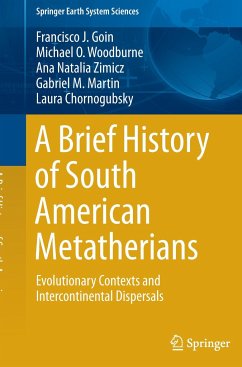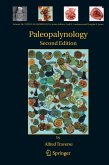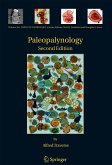This book summarizes major aspects of the evolution of South American metatherians, including their epistemologic, phylogenetic, biogeographic, faunal, tectonic, paleoclimatic, and metabolic contexts. A brief overview of the evolution of each major South American lineage ("Ameridelphia", Sparassodonta, Didelphimorphia, Paucituberculata, Microbiotheria, and Polydolopimorphia) is provided. It is argued that due to physiological constraints, metatherian evolution closely followed the conditions imposed by global temperatures. In general terms, during the Paleocene and the early Eocene multiple radiations of metatherian lineages occurred, with many adaptive types exploiting insectivorous, frugivorous, and omnivorous adaptive zones. In turn, a mixture of generalized and specialized types, the latter mainly exploiting carnivorous and granivorous-folivorous adaptive zones, characterized the second half of the Cenozoic. In both periods, climate was the critical driver of their radiation andturnovers.
"The book is divided into seven chapters, starting with an introduction that includes a history of research conducted on these animals and finishing with a summary chapter focusing on milestones in the evolutionary history of this group. ... Summing Up: Recommended. Lower-division undergraduates through professionals in paleontology and zoology." (E. J. Sargis, Choice, Vol. 53 (9), May, 2016)








